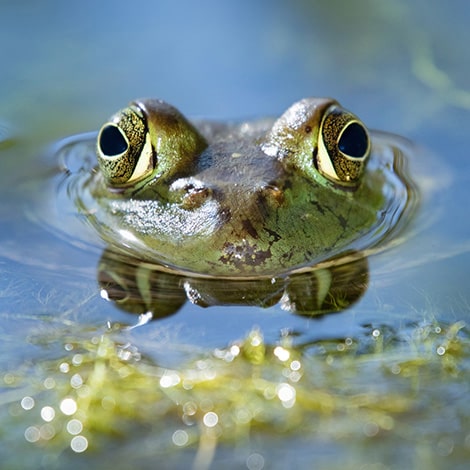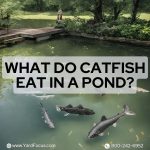Pond frogs are fascinating creatures that play an important role in the ecosystem. One of the most common questions about these amphibians is, “What do pond frogs eat?” It’s a valid question, as understanding their diet can provide insight into their behavior and contribute to the overall balance of the pond’s ecosystem. In this article, we’ll explore the dietary habits of pond frogs, including the different types of food they consume and how their eating habits impact the environment.
### What Are Pond Frogs?
Before delving into their dietary habits, let’s take a moment to understand what pond frogs are. Pond frogs, also known as water frogs, are a type of amphibian that can be found in various aquatic habitats, including ponds, lakes, and marshes. They are characterized by their smooth, moist skin, long hind legs, and webbed feet, which make them well-adapted for life in and around water. These creatures are an integral part of the food chain, serving as both predators and prey in their natural environment.
### Types of Pond Frogs
There are several species of pond frogs, each with its own unique characteristics and dietary preferences. Some of the most common species include the American bullfrog, green frog, leopard frog, and tree frog. While their appearances and habitats may vary, they all share similar dietary habits, which we’ll explore in more detail.
### What Do Pond Frogs Eat?
Pond frogs are carnivorous creatures, meaning they primarily consume a diet consisting of other animals. Their diet typically includes a variety of insects, small fish, tadpoles, worms, and even smaller frogs. These creatures are opportunistic feeders, which means they will consume whatever prey is readily available in their environment. This adaptability allows them to thrive in a wide range of habitats, from densely vegetated ponds to open water bodies.
#### Insects
One of the primary food sources for pond frogs is insects. They are known to consume a wide variety of insects, including flies, mosquitoes, beetles, and grasshoppers. The abundance of insects in and around water bodies makes them an easily accessible and essential food source for pond frogs.
#### Small Fish
In addition to insects, pond frogs also feed on small fish. They are skilled hunters, using their long, sticky tongues to catch fish that come within striking distance. This predatory behavior helps to control the population of small fish in the pond, contributing to the overall balance of the aquatic ecosystem.
#### Tadpoles
Interestingly, pond frogs also feed on tadpoles, which are the early developmental stage of frogs. This cannibalistic behavior may seem surprising, but it is a natural part of the food chain dynamics in the pond ecosystem. By preying on tadpoles, pond frogs help regulate the population of their own species, preventing overcrowding and competition for resources.
#### Worms and Small Frogs
Additionally, pond frogs will consume worms and even smaller frogs if the opportunity arises. Their varied diet reflects their adaptability and the diverse range of food sources available in their environment. This flexibility in their diet allows pond frogs to thrive in different ecological niches and maintain a balanced ecosystem.
### Impact on the Ecosystem
The dietary habits of pond frogs have a significant impact on the overall health of the ecosystem. By preying on insects, small fish, and tadpoles, pond frogs help to control the populations of these species, preventing overpopulation and maintaining a healthy balance within the pond. This, in turn, has a cascading effect on the entire food web, influencing the abundance of other organisms within the ecosystem.
### Conservation of Pond Frogs
Understanding the dietary habits of pond frogs is crucial for their conservation. As with many amphibian species, pond frogs face threats such as habitat loss, pollution, and disease. By preserving their natural habitats and ensuring the health of the ecosystems they inhabit, we can help protect these fascinating creatures for future generations to enjoy.
In conclusion, pond frogs are carnivorous amphibians with a diverse diet that includes insects, small fish, tadpoles, worms, and smaller frogs. Their dietary habits play a crucial role in maintaining the balance of the pond ecosystem, demonstrating the interconnectedness of all living organisms within a habitat. By studying and appreciating the dietary habits of pond frogs, we gain a greater understanding of the delicate balance of nature and the importance of preserving their habitats for generations to come.





